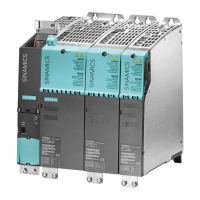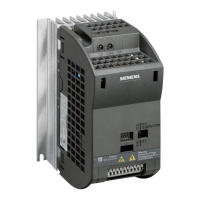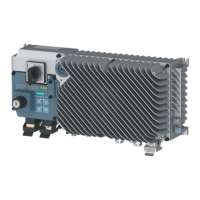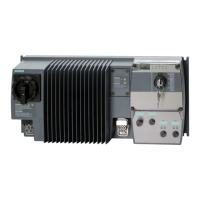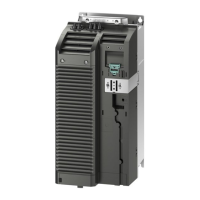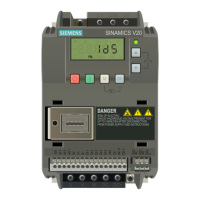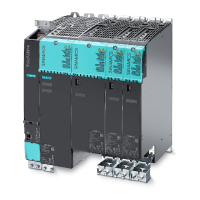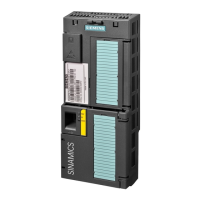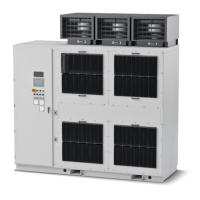5LVNDQDO\VLV
*XLGHOLQHV
RUJDQL]DWLRQDO
PHDVXUHV
7HFKQLFDOPHDVXUHV
9DOLGDWLRQDQG
LPSURYHPHQW
Figure 3-2 Security management process
1. Carry out a risk analysis. Determine all possible risks and define countermeasures for
reducing the risk to an acceptable level. In detail, a risk analysis encompasses the following
steps:
– Identification of threatened objects
– Analysis of value and potential for damage
– Threat and weak point analysis
– Identification of existing security measures
– Risk evaluation
2. Define guidelines and introduce coordinated, organizational measures. To this end, the
awareness of the importance of industrial security must be borne by all levels of the
company. In addition, define guidelines and processes in order to achieve a uniform
procedure and to support compliance with the defined Industrial Security concept.
3. Introduce coordinated technical measures. You can find a list of general measures that
help to protect your plant against threats in Section General security measures (Page 19).
You can find measures recommended for SINAMICS environments in chapter Security
measures for SINAMICS (Page 31).
4. A security audit must ensure that all of the measures have been implemented and that they
have also eliminated or reduced the identified risks.
Note
Continuous process
Due to constantly changing security threats, this process must be continuously repeated
in order to guarantee the security of your plant. For this reason, the security management
process must be seen as a continuous process.
Industrial Security
3.4 Security management
Industrial Security
Configuration Manual, 08/2017, A5E36912609A 17
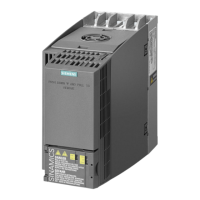
